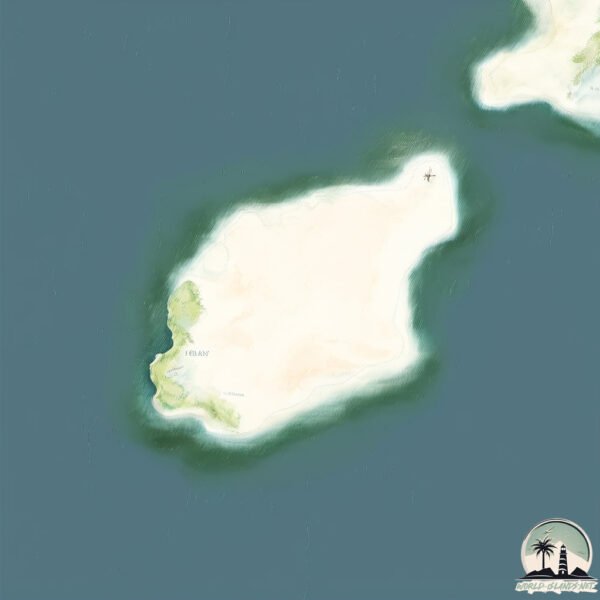Welcome to Gaviota , a Dry island in the South Pacific Ocean, part of the majestic Pacific Ocean. This guide offers a comprehensive overview of what makes Gaviota unique – from its geography and climate to its population, infrastructure, and beyond. Dive into the details:
Geography and size of Gaviota
Size: 2.071 km²Coastline: 6.2 kmOcean: Pacific OceanSea: South Pacific OceanContinent: South America
Gaviota is a Small Island spanning 2.1 km² with a coastline of 6.2 km.
Archipel: –
Tectonic Plate: South America – A major plate covering the South American continent and part of the Atlantic Ocean, known for the Andes mountain range and significant seismic and volcanic activity.
The geographic heart of the island is pinpointed at these coordinates:
Climate and weather of Gaviota
Climate Zone: DryClimate Details: Cold Desert ClimateTemperature: Cold
Climate Characteristics: Similar in dryness to hot deserts but with cold winters. Days can be warm or hot, while nights are typically chilly with common frost occurrences.
Topography and nature of Gaviota
Timezone: UTC-04:00Timezone places: America/La_PazMax. Elevation: 23 m Mean Elevation: 13 mVegetation: ShrublandTree Coverage: 24%
The mean elevation is 13 m. The highest elevation on the island reaches approximately 23 meters above sea level. The island is characterized by Plains: Flat, low-lying lands characterized by a maximum elevation of up to 200 meters. On islands, plains are typically coastal lowlands or central flat areas.
Dominating Vegetation: Shrubland
Vegetation: 4 vegetation zones – Diverse Island
Infrastructure and Travelling to Gaviota
Does the island have a public airport? no .
Does the island have a major port? no .
The mean population of Gaviota is 1 per km². Gaviota is Gently Populated. The island belongs to Chile .
Continuing your journey, Santa Maria is the next notable island, situated merely km away.
Destinos Gaviota 2024 Presentations
Check out the wonderful presentations day at the Destinos Gaviota 2024, in Holguin, our FAM Trip was full of fun at the Caribbean ...
Destinos Gaviota 2024 Presentations
Check out the wonderful presentations day at the Destinos Gaviota ...
Check out the wonderful presentations day at the Destinos Gaviota 2024, in Holguin, our FAM Trip was full of fun at the Caribbean ...
Snorkeling Gaviota Island in La Paz, Baja California Sur with AirDog Drone
Gorgeous days Snorkeling, Kayaking and Swimming in Gaviota Island in ...
Gorgeous days Snorkeling, Kayaking and Swimming in Gaviota Island in La Paz, Baja California Sur with AirDog Drone.
Chile is classified as Emerging region: G20: Group of Twenty – Major economies comprising both developed and emerging countries, representing the world’s largest economies. The level of income is Upper middle income.
News – Latest Updates and Headlines from Gaviota
Stay informed with the most recent news and important headlines from Gaviota. Here’s a roundup of the latest developments.
Loading...
Please note: The data used here has been primarily extracted from satellite readings. Deviations from exact values may occur, particularly regarding the height of elevations and population density. Land area and coastline measurements refer to average values at mean high tide.

